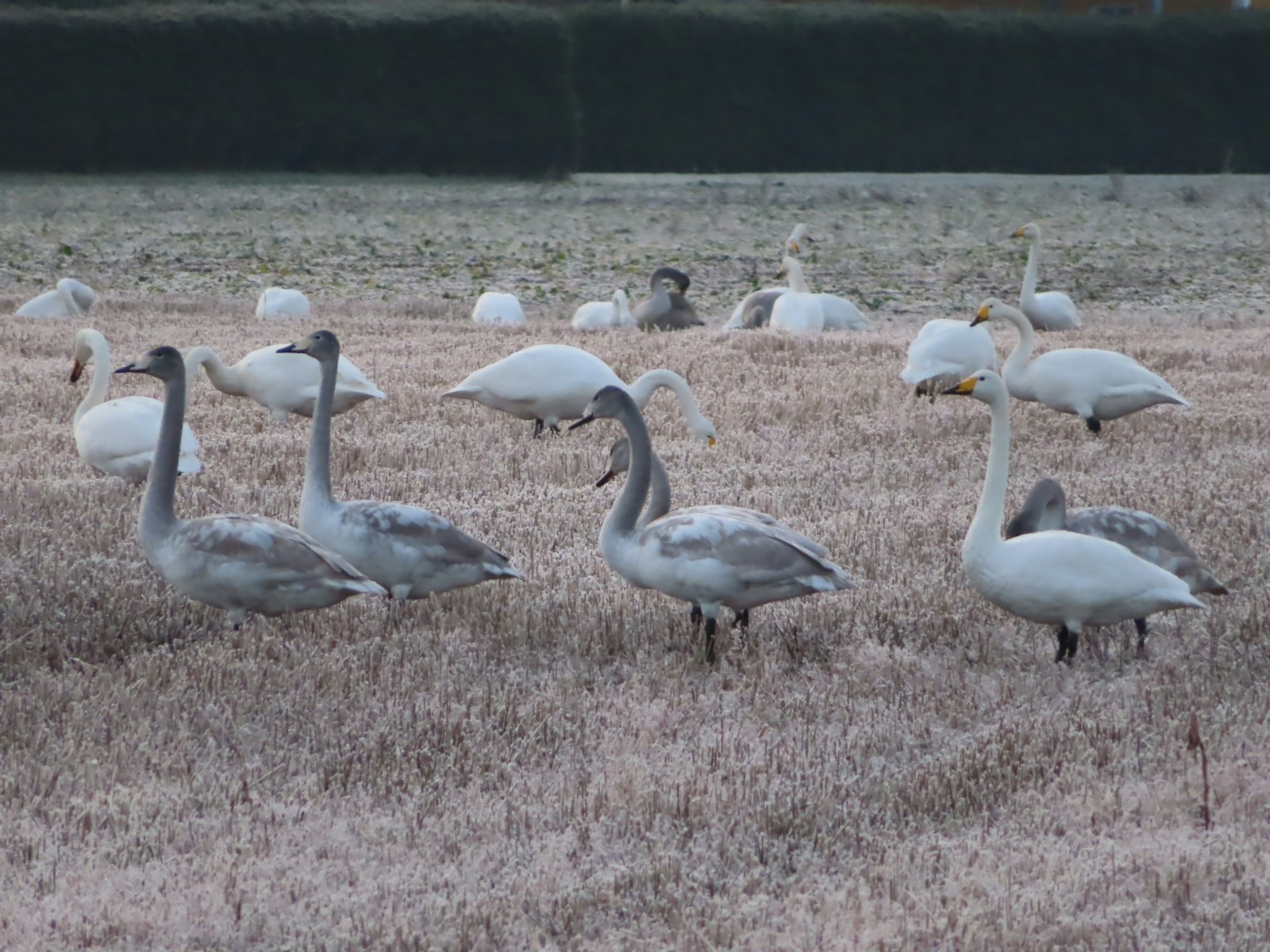As winter’s grip loosens and days grow longer, one of nature’s most spectacular phenomena unfolds across the skies of the world: spring bird migration. Each year, billions of birds embark on extraordinary journeys, traveling thousands of miles between their wintering and breeding grounds. These magnificent migrations offer wildlife enthusiasts and casual observers alike the chance to witness breathtaking concentrations of birds as they follow ancient flyways dictated by geography, food availability, and nesting opportunities. The sheer scale of these movements—with hundreds of thousands of birds sometimes passing through a single location in just one day—creates unforgettable wildlife spectacles that connect us to the rhythm of seasons and the wonder of avian adaptation. From coastal wetlands to mountain passes, specific hotspots around the world have become legendary for their spring migration displays, drawing visitors who hope to experience the awe-inspiring sight of skies filled with wings.
The Great Plains Funnel: Nebraska’s Sandhill Crane Migration
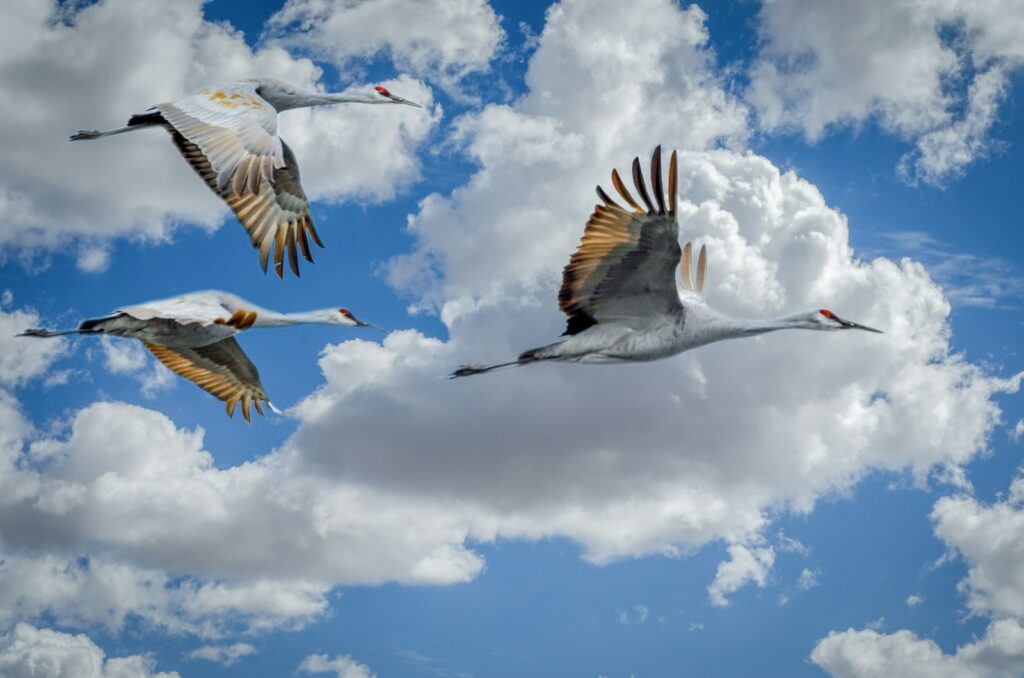
The Platte River Valley in Nebraska hosts what many consider North America’s greatest migration spectacle, as more than 80% of the world’s Sandhill Crane population—approximately 600,000 birds—converges on this narrow stretch of river each March and early April. Traveling from wintering grounds in Texas, New Mexico, and Mexico, these elegant gray birds with crimson caps use the shallow Platte River as a critical stopover to rest and refuel before continuing their journey to breeding grounds in Canada, Alaska, and Siberia. Visitors can witness the unforgettable dawn and dusk movements as massive flocks leave their riverside roosts in search of food in nearby cornfields, filling the air with their distinctive bugling calls. The Crane Trust Nature & Visitor Center and Rowe Sanctuary offer guided viewing blinds that provide intimate, responsible access to this ancient gathering that has remained largely unchanged for thousands of years.
Texas Gulf Coast: High-Density Warbler Watching
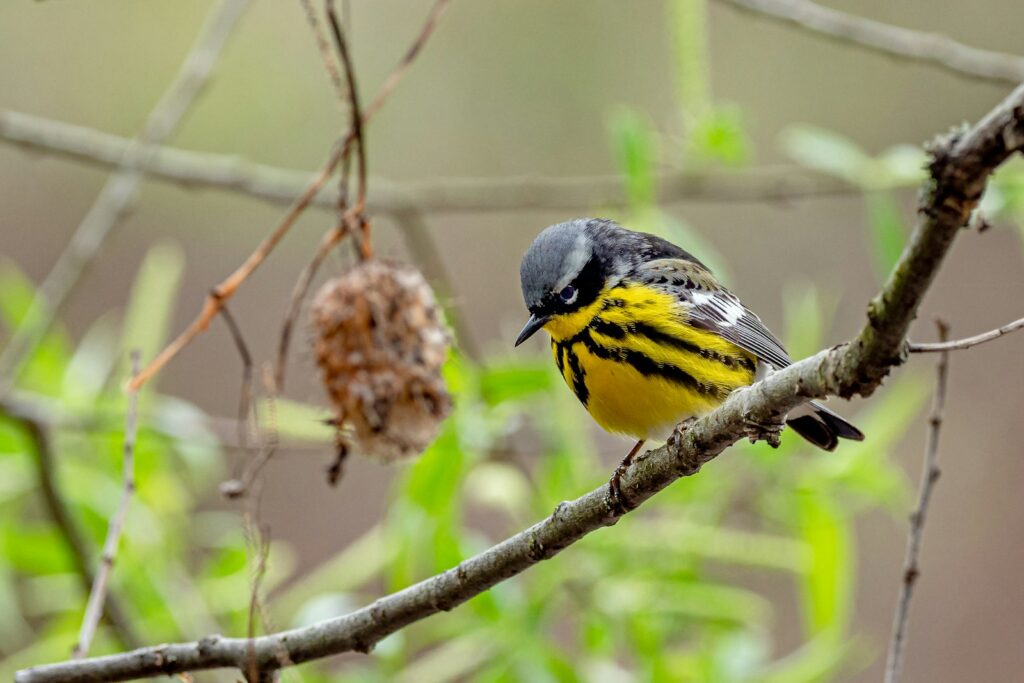
The upper Texas coast transforms into a birder’s paradise each spring as millions of neotropical migrants make landfall after crossing the Gulf of Mexico. Locations like High Island’s Boy Scout Woods and Smith Oaks Sanctuary become legendary during mid-April through early May when weather conditions force thousands of exhausted warblers, tanagers, orioles, and thrushes to touch down in these small coastal woodlands. These “fallout” events occur when northbound migrants encounter strong headwinds or storms over the Gulf, depleting their energy reserves and compelling them to seek the first available land. Visitors might witness hundreds of brilliantly colored birds like Scarlet Tanagers, Baltimore Orioles, and up to 20 different warbler species dripping from trees and shrubs, often at eye level as they desperately refuel. The nearby Bolivar Flats and Anahuac National Wildlife Refuge concurrently host impressive concentrations of shorebirds and waterbirds, making this region one of North America’s most diverse spring migration destinations.
Israel’s Hula Valley: Crossroads of Three Continents
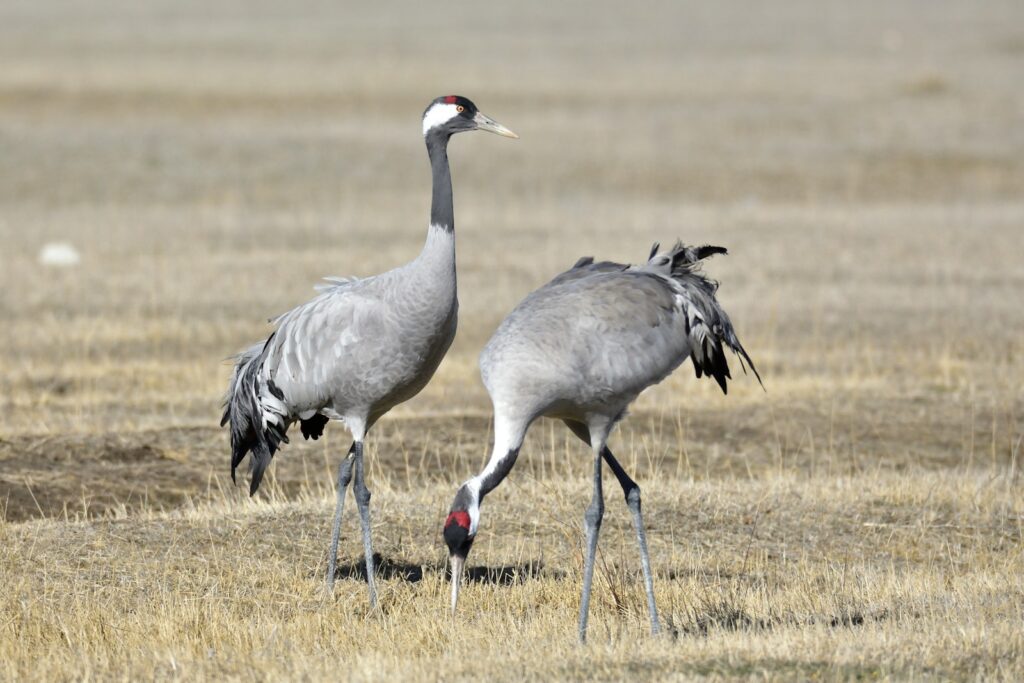
Situated along one of the world’s busiest bird migration routes, Israel’s Hula Valley provides a critical stopover site for birds traveling between Europe, Asia, and Africa. Each spring, the restored wetlands of the Agamon Hula Ornithology Center welcome over 500 million birds representing more than 400 species as they journey northward. Great White Pelicans arrive in impressive formations, while thousands of Common Cranes may linger until March before completing their migration to northern breeding grounds. The diversity here is remarkable, with raptors like Lesser Spotted Eagles and Steppe Buzzards soaring overhead while European Bee-eaters flash their rainbow plumage at lower altitudes. Visitors can explore this migration hotspot via walking trails, bicycle paths, and guided safari wagons that provide excellent viewing opportunities without disturbing the birds, making it one of the most accessible yet spectacular migration experiences in the Middle East.
Point Pelee: Canada’s Warbler Wonderland
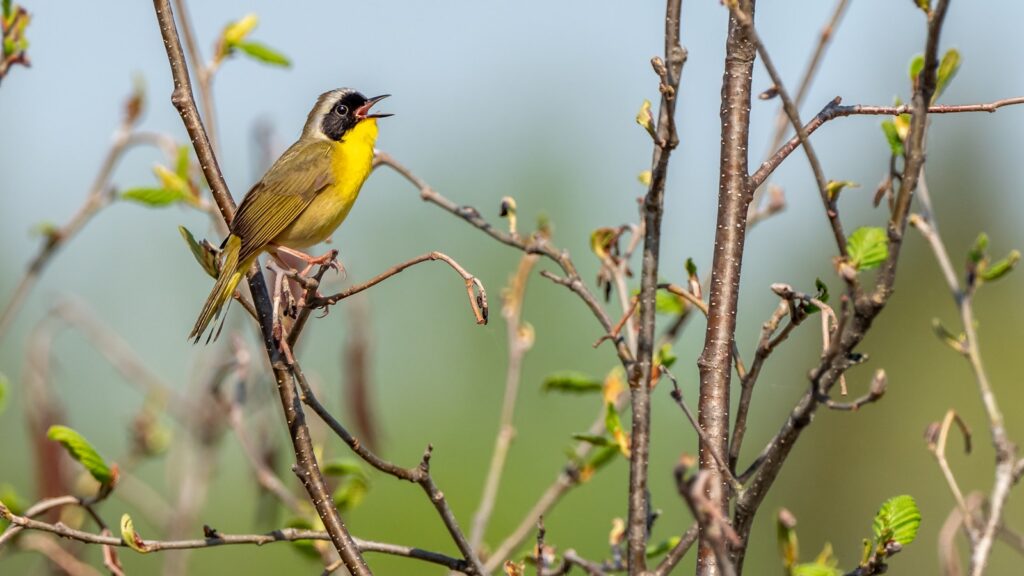
Point Pelee National Park in Ontario represents the northernmost tip of the Lake Erie migration corridor, creating a funnel effect that concentrates northbound birds into this small peninsula each spring. As migrants follow the lake’s shoreline, they gather at this point before continuing their journey, creating one of North America’s most impressive warbler watching opportunities from late April through May. The park’s diverse habitats shelter tired travelers, with peak days potentially yielding over 35 warbler species alongside vireos, thrushes, and flycatchers. Dedicated birders arrive before dawn to witness the “reverse migration,” when birds that overshot their destination during night flights return southward in the early morning light, creating streams of birds flying in the “wrong” direction. The park’s Festival of Birds celebrates this phenomenon each May, offering guided walks, workshops, and identification sessions for visitors hoping to experience the colorful procession of neotropical migrants.
Cape May: Atlantic Flyway Concentration Point
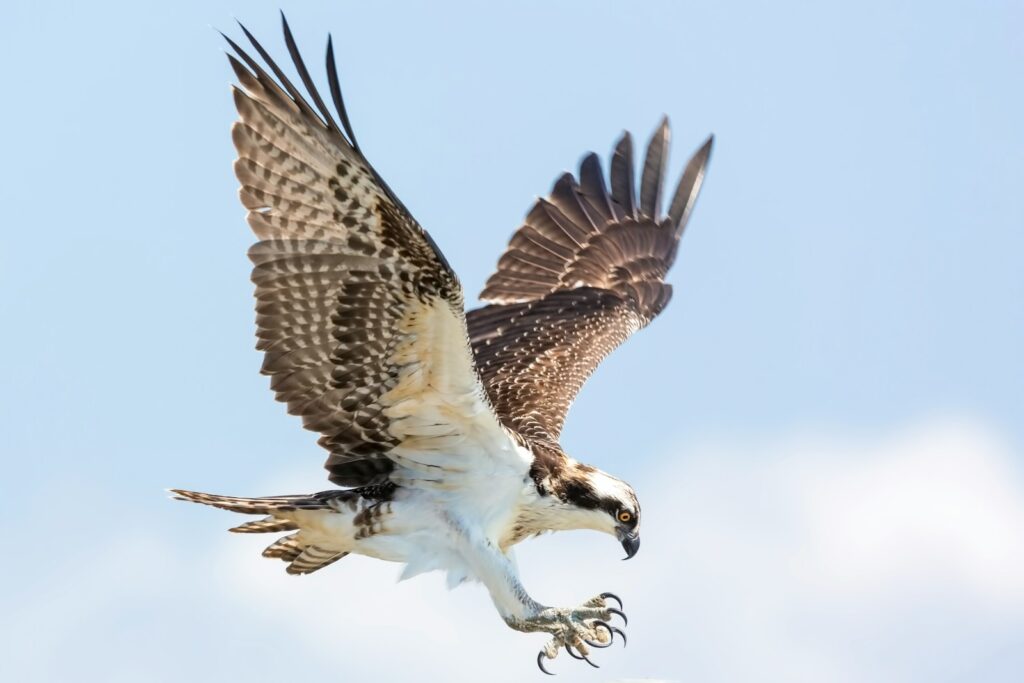
The peninsula of Cape May, New Jersey, functions as a natural bird trap during spring migration, concentrating birds following the Atlantic Flyway into one of the East Coast’s premier birding destinations. The unique geography forces northbound migrants to pause before crossing Delaware Bay, creating excellent viewing opportunities from late April through May. Cape May Point State Park and nearby South Cape May Meadows preserve provide observation platforms where visitors might witness impressive hawk migrations alongside colorful warblers, tanagers, and grosbeaks. The morning “morning flight” phenomenon occurs when birds that traveled overnight reorient themselves at dawn, creating visible streams of migrants moving through the area’s coastal thickets and woodland edges. The long-running Cape May Bird Observatory offers daily migration counts, guided walks, and workshops that help visitors maximize their chances of experiencing the spring parade of birds passing through this historic migration hotspot.
Copper River Delta: Alaska’s Shorebird Spectacle
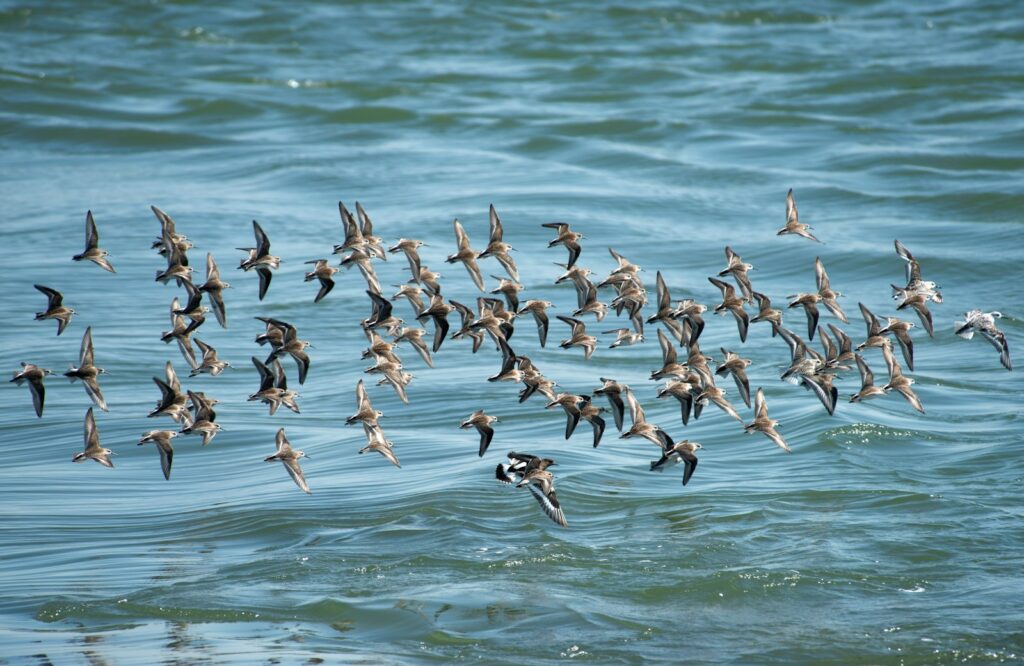
Each spring, western Alaska’s Copper River Delta hosts one of the planet’s largest concentrations of shorebirds as millions of sandpipers, dunlins, and plovers converge on these coastal wetlands. Upwards of 12 million shorebirds—including nearly the entire global population of Western Sandpipers—stop to refuel on the delta’s rich mudflats during late April and early May before continuing to their Arctic breeding grounds. The nearby community of Cordova celebrates this natural spectacle with the Copper River Delta Shorebird Festival, offering guided viewing opportunities, boat tours, and educational programs. Visitors can witness vast flocks of tiny shorebirds swirling over the mudflats in mesmerizing synchronous flight, creating living clouds that shift and flow with remarkable precision. The backdrop of snow-capped mountains and pristine wetlands adds to the dramatic experience, making this remote Alaskan location worth the journey for those seeking an unspoiled migration spectacle.
Eilat: Israel’s Southern Desert Crossing
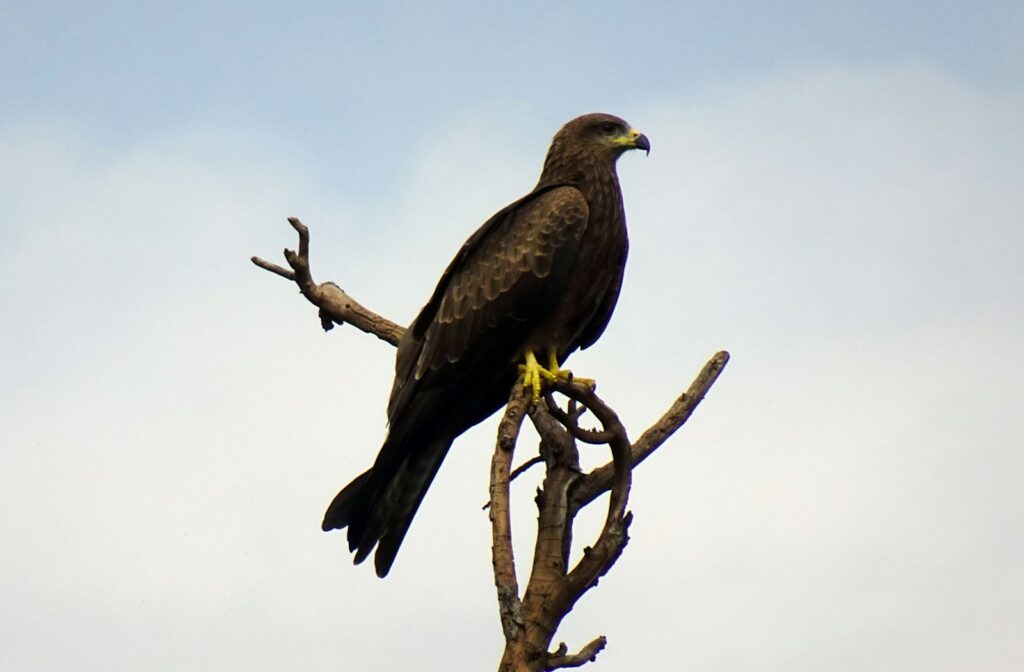
The southern Israeli city of Eilat sits at a critical migratory crossroads where birds must pass between the Mediterranean Sea and Red Sea while avoiding the vast expanses of the Sahara and Arabian deserts. This geographical bottleneck creates phenomenal spring birding opportunities as raptors, storks, and passerines funnel through this narrow corridor from March through early May. The International Birding and Research Center in Eilat monitors and protects these migrations, offering visitors guided tours to witness impressive raptor movements featuring thousands of Steppe Buzzards, Black Kites, and Steppe Eagles. The nearby salt ponds and date palm plantations attract exhausted songbirds fresh from their desert crossing, including European species rarely seen elsewhere in the Middle East alongside African migrants moving northward. The region’s combination of desert landscapes with productive wetlands creates habitat diversity that supports an impressive array of migrants, making Eilat a globally significant spring migration hotspot.
Skagit Valley: Pacific Flyway’s Snow Goose Spectacle
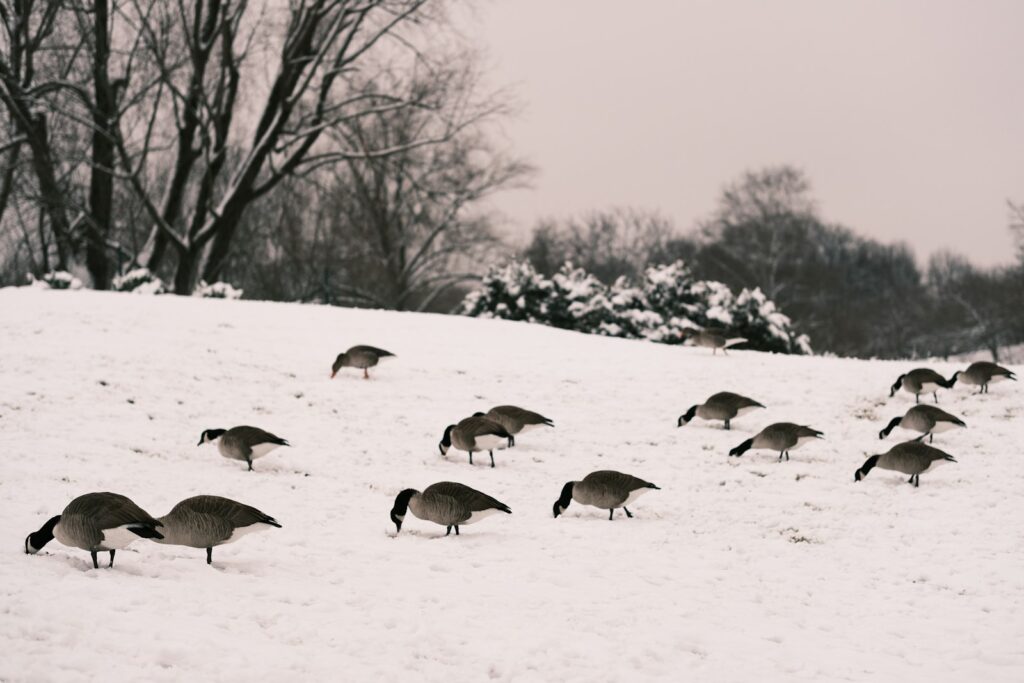
Washington State’s Skagit Valley hosts one of North America’s most impressive waterfowl concentrations each spring as tens of thousands of Snow Geese gather in agricultural fields before their northward journey. These brilliant white birds with black wingtips create a breathtaking scene against the valley’s green fields, especially when they take flight en masse—transforming from a white blanket on the ground to a swirling cloud overhead, accompanied by a cacophony of calls. The Fir Island Farm Reserve and nearby Skagit Wildlife Area provide excellent viewing platforms where visitors might witness flocks numbering 50,000 or more birds feeding and resting from February through early April. The geese share these productive farmlands with thousands of Trumpeter and Tundra Swans, creating a double spectacle of large, charismatic birds preparing for their journey to Arctic breeding grounds. Local conservation efforts have worked to balance agricultural needs with habitat protection, creating a sustainable migration stopover that benefits both wildlife and human communities.
Lake Erie Marshes: Warbler Waves and Waterfowl
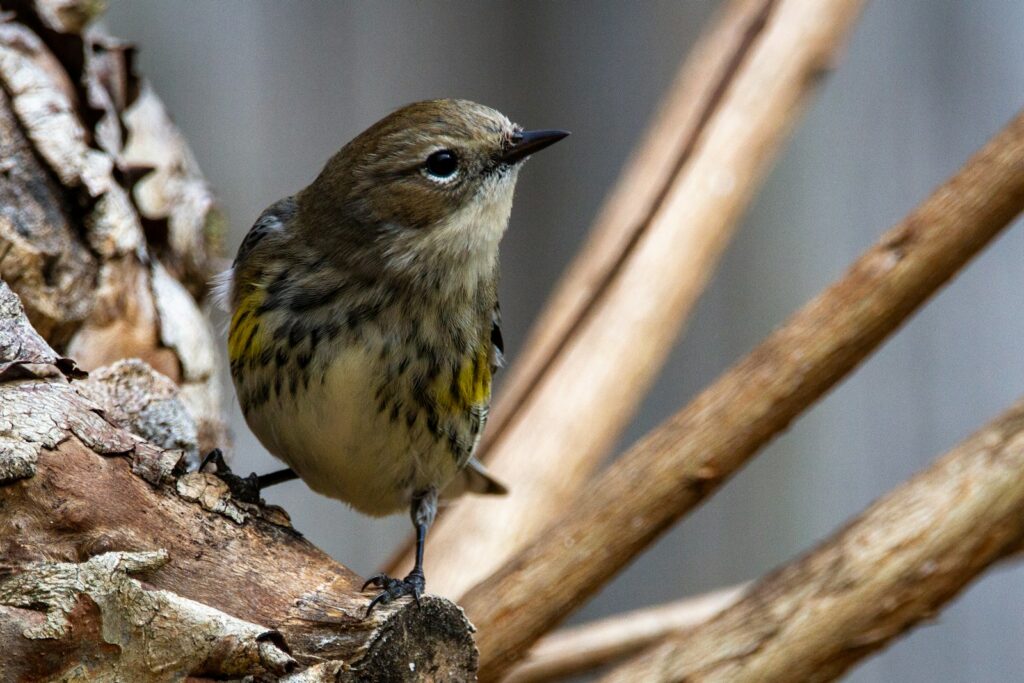
The western basin of Lake Erie creates a natural migration corridor that concentrates birds at stopover sites along Ohio’s northern coast each spring. The marshes, woodlots, and beaches of Ottawa National Wildlife Refuge, Magee Marsh Wildlife Area, and Maumee Bay State Park become internationally renowned birding destinations from late April through May. The famous “Magee Marsh boardwalk” offers eye-level views of colorful warblers and other migrants as they feed frantically to replenish energy reserves before crossing Lake Erie. On peak migration days, visitors might observe over 30 warbler species alongside vireos, thrushes, and tanagers in a single morning, often at remarkably close range as the birds focus on feeding rather than avoiding humans. The annual “Biggest Week in American Birding” festival celebrates this phenomenon, attracting thousands of birders from around the world to witness the waves of neotropical migrants passing through this critical Great Lakes stopover region.
Monterey Bay: California’s Pacific Flyway Hotspot
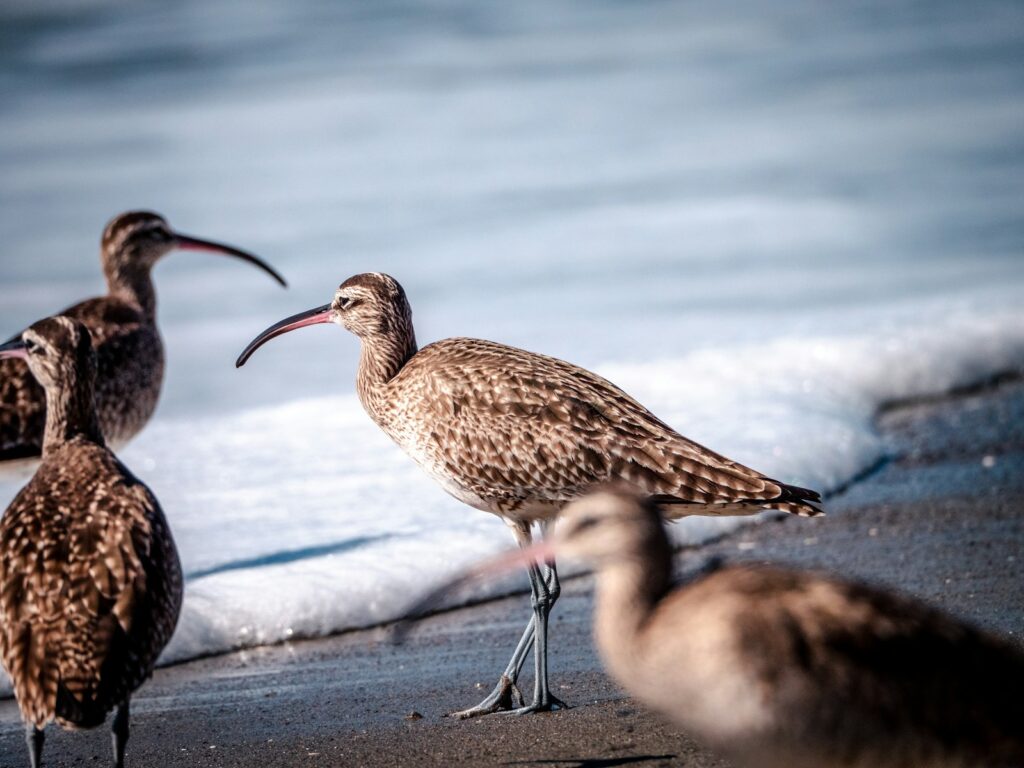
The central California coastline around Monterey Bay offers exceptional spring migration viewing as birds follow the Pacific Flyway northward. Elkhorn Slough National Estuarine Research Reserve protects one of California’s largest wetland systems, providing crucial habitat for thousands of shorebirds, waterfowl, and wading birds from March through May. Observation platforms and kayak tours allow visitors to witness impressive concentrations of Marbled Godwits, Western Sandpipers, and Whimbrels as they probe the mudflats for food. The nearby Moonglow Dairy attracts large numbers of swallows and blackbirds, while Point Pinos in Pacific Grove offers excellent seabird watching as Sooty Shearwaters stream northward by the thousands. The region’s diverse habitats—from coastal scrub to oak woodlands—also support impressive songbird migration, making Monterey Bay one of the West Coast’s premier spring migration destinations, where visitors might record over 100 species in a single day during peak passage periods.
Wadden Sea: Europe’s Tidal Migration Highway
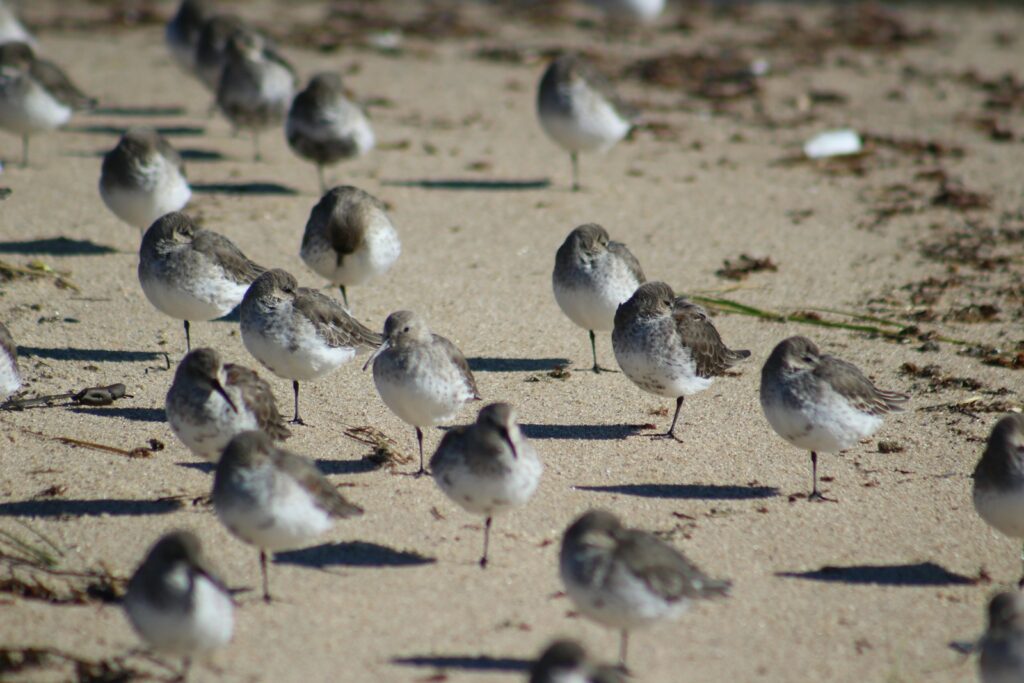
The Wadden Sea, stretching along the coasts of Denmark, Germany, and the Netherlands, constitutes the world’s largest unbroken system of intertidal sand and mud flats—and a crucial spring migration stopover for millions of birds traveling the East Atlantic Flyway. Each spring, this UNESCO World Heritage site hosts approximately 10-12 million birds that use the productive mudflats to replenish energy reserves before continuing to Arctic and sub-Arctic breeding grounds. Visitors to locations like Denmark’s Tønder Marshland or Germany’s Schleswig-Holstein Wadden Sea National Park can witness incredible concentrations of shorebirds including Bar-tailed Godwits, Red Knots, and Dunlins performing synchronized aerial displays over the flats. The region also supports massive flocks of Brent Geese and Common Eiders, creating multi-species spectacles as the birds exploit the rich food resources exposed by the changing tides. Observation towers at key locations provide excellent viewing opportunities, while guided “mudflat walking” tours offer unique perspectives on this globally significant migration pathway.
Veracruz River of Raptors: Mexico’s Eagle Highway
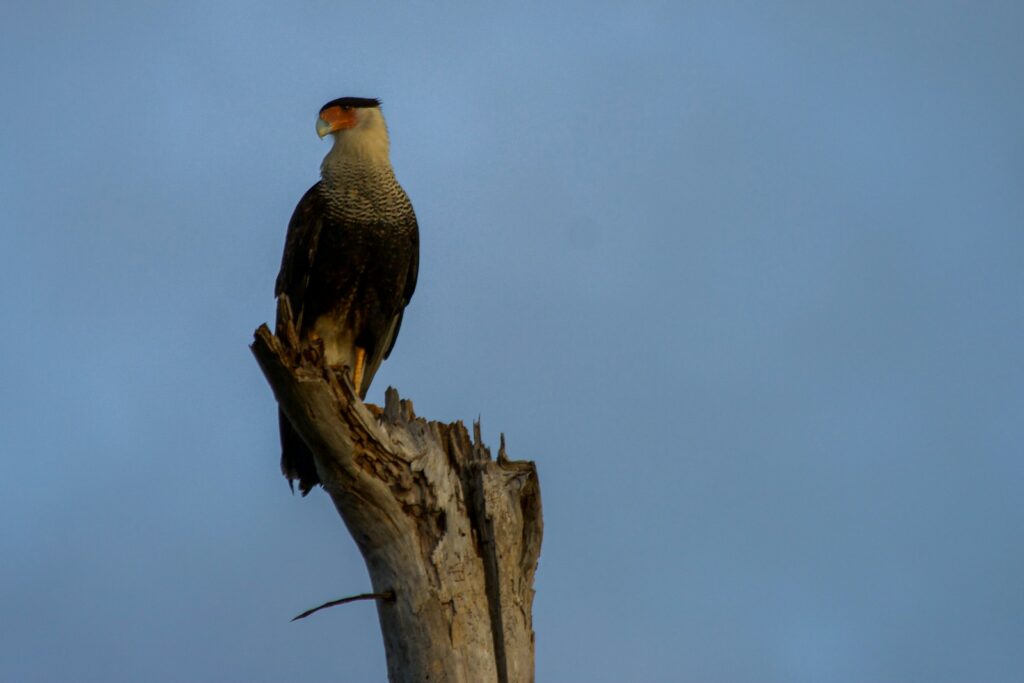
While most famous for its fall migration, Mexico’s Veracruz region also hosts significant spring raptor movements as birds return northward along the Gulf coastal plain. From late February through April, observers stationed near the cities of Cardel and Chichicaxtle might witness thousands of Broad-winged Hawks, Swainson’s Hawks, and Turkey Vultures as they stream northward, concentrated by the Sierra Madre Oriental mountains to the west and the Gulf of Mexico to the east. This geographical funnel effect creates one of North America’s most concentrated raptor migrations, with single-day counts sometimes exceeding 10,000 birds during peak spring passage. The region’s coffee plantations and tropical forests provide important refueling habitat for these migrants, while local conservation efforts through initiatives like Pronatura Veracruz work to protect these critical landscapes. Visitors can join guided tours to observation platforms that provide excellent viewing opportunities as the raptors ride thermal currents northward toward their breeding grounds in the United States and Canada.
Planning Your Spring Migration Birding Trip
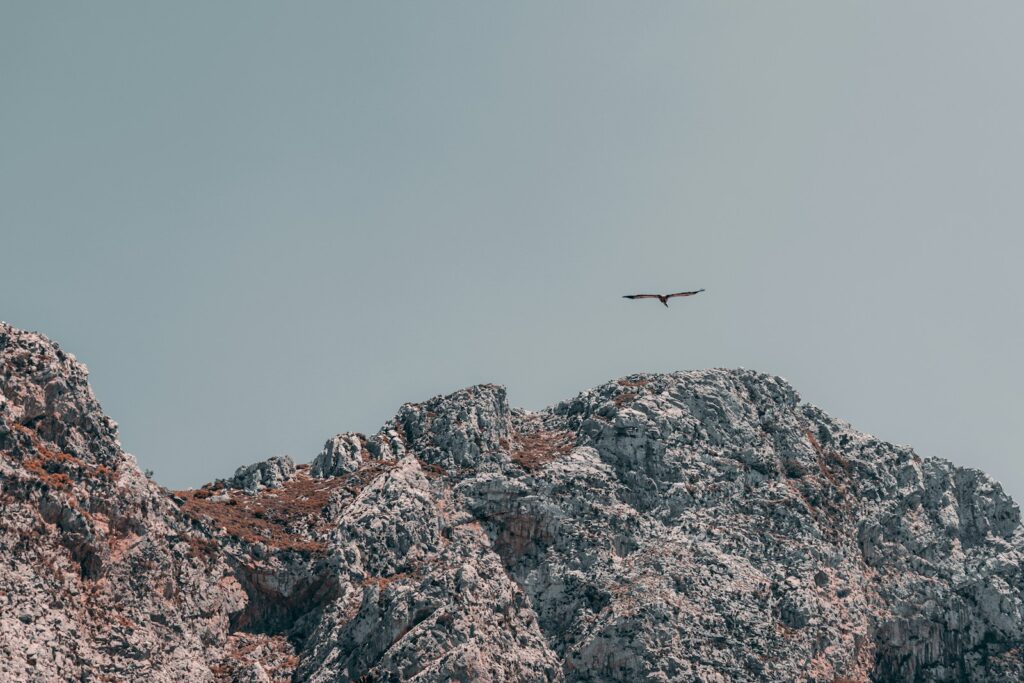
Successfully witnessing spring bird migration requires careful planning around both location and timing, as the spectacle is highly dependent on weather conditions and seasonal patterns. Research historical migration peaks for your chosen destination, recognizing that favorable weather systems can create unforgettable “fallout” conditions when thousands of birds appear overnight, while poor conditions might result in relatively quiet days even during peak season. Connect with local birding organizations or nature centers before your trip, as they can provide up-to-date information on recent sightings and migration forecasts based on weather predictions and regional bird movements. Prepare for variable spring weather by packing layered clothing, rain gear, and sun protection, as migration hotspots often feature unpredictable conditions and limited shelter. Consider joining organized tours or festivals dedicated to spring migration, as these provide expert guidance, access to restricted areas, and the benefit of multiple observers helping spot birds—all factors that can dramatically enhance your migration viewing experience regardless of your birding expertise level.
Spring bird migration represents one of nature’s most accessible yet profound spectacles, connecting distant ecosystems and reminding us of the remarkable adaptations that enable these fragile creatures to undertake journeys spanning continents. The locations highlighted in this article offer windows into this global phenomenon, each presenting unique combinations of species, landscapes, and viewing opportunities. Whether you witness the synchronized swirling of shorebird flocks over Arctic-bound mudflats or the colorful procession of warblers through coastal woodlands, these migration hotspots offer more than just impressive bird lists—they provide transformative experiences that deepen our understanding of natural rhythms, ecological connections, and the extraordinary resilience of birds. As climate change and habitat loss increasingly threaten these ancient migratory pathways, visiting these sites also creates opportunities to support conservation efforts ensuring future generations will continue to marvel at the spectacle of spring skies filled with birds following the irresistible call to northern breeding grounds.

